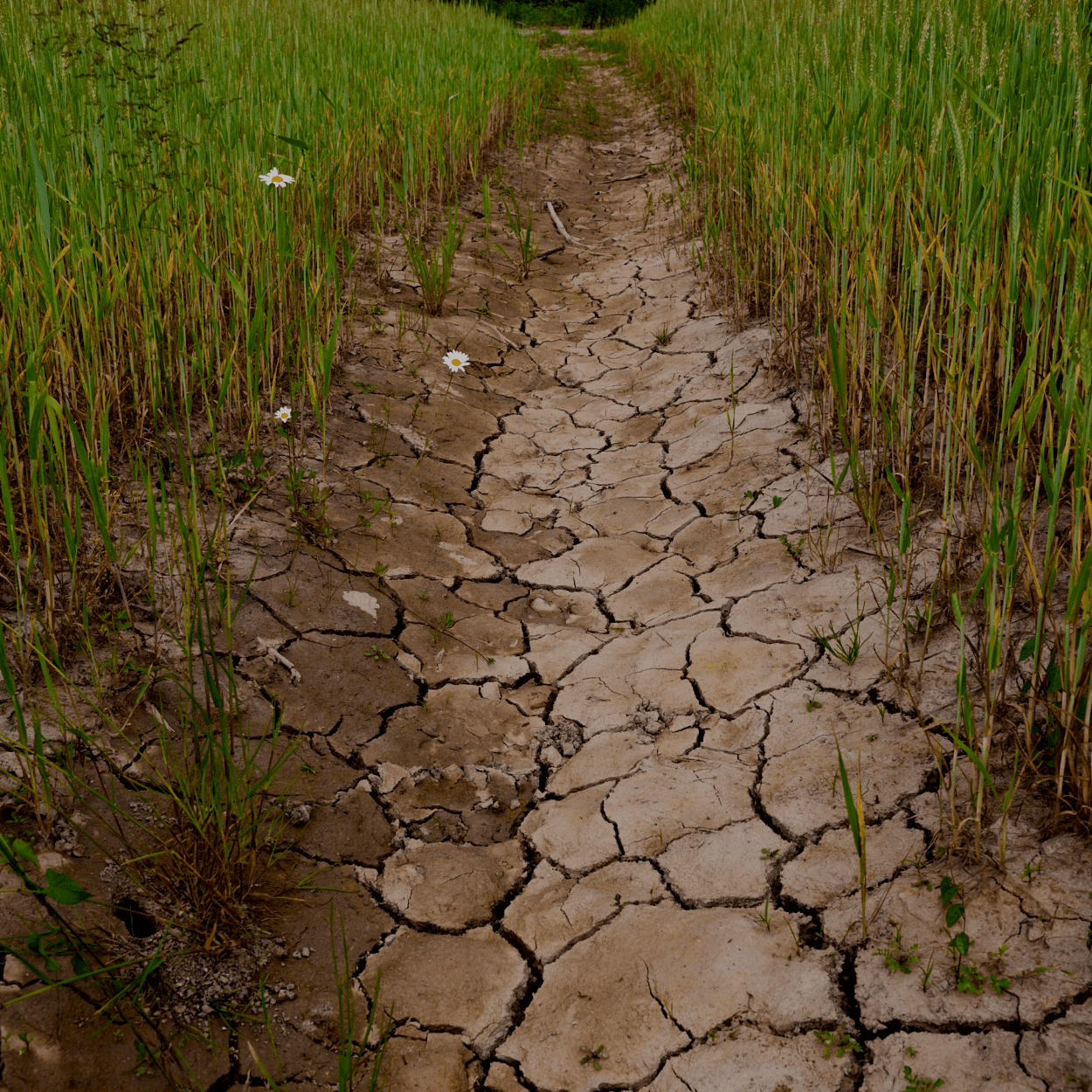A drought occurs when the state experiences a prolonged period of dryness, which reduces water levels. Droughts can put the health and safety of the public at risk, and increase the chances of disasters such as wildfires, flash floods, and landslides.
The severity of drought depends on several factors: duration, intensity, geographic extent, and water supply demands.
Wisconsin is most vulnerable to agricultural drought. As of 2024, the state had approximately 13.8 million acres of farmland on 58,200 farms.
Drought may occur simultaneously with extreme heat. Ongoing drought conditions will place a strain on human health. It could lead to food insecurity resulting from crop failures or market demands driving up food costs, and respiratory distress from dust, pollen, and airborne particulates. Residents depending on groundwater for drinking water may notice water with different tastes or odors due to changes in water chemistry.
Types of Drought

Meteorological Drought
The degree of dryness, expressed as a departure of actual precipitation from the expected average precipitation amount, based on monthly, seasonal, or annual time scales.
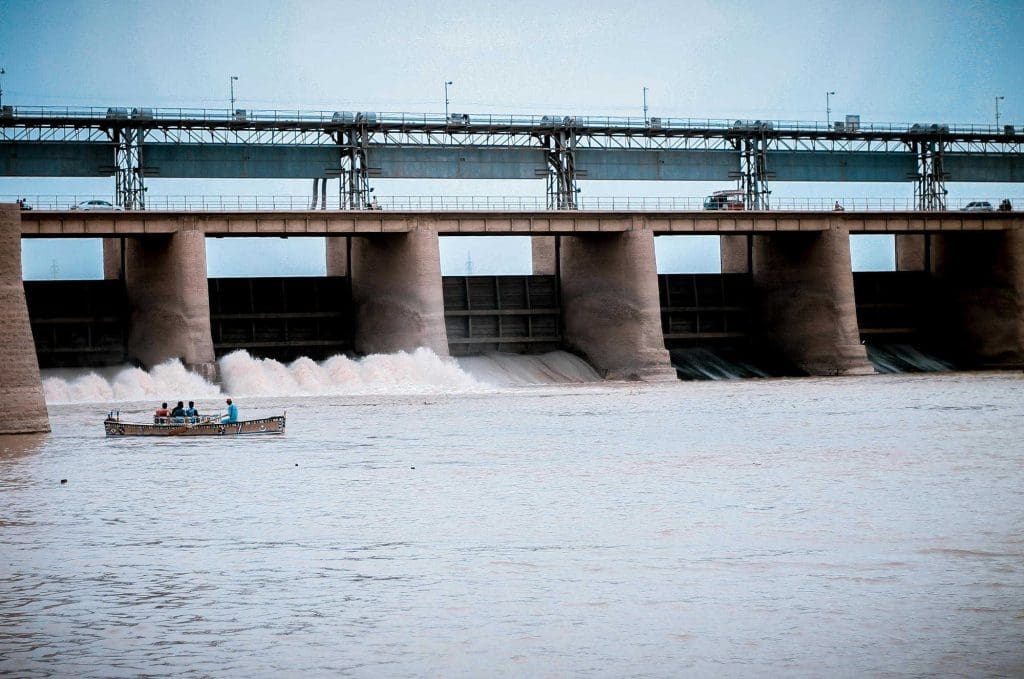
Hydrological Drought
Effects of precipitation shortfalls on stream flows, reservoir, lake, and groundwater levels.
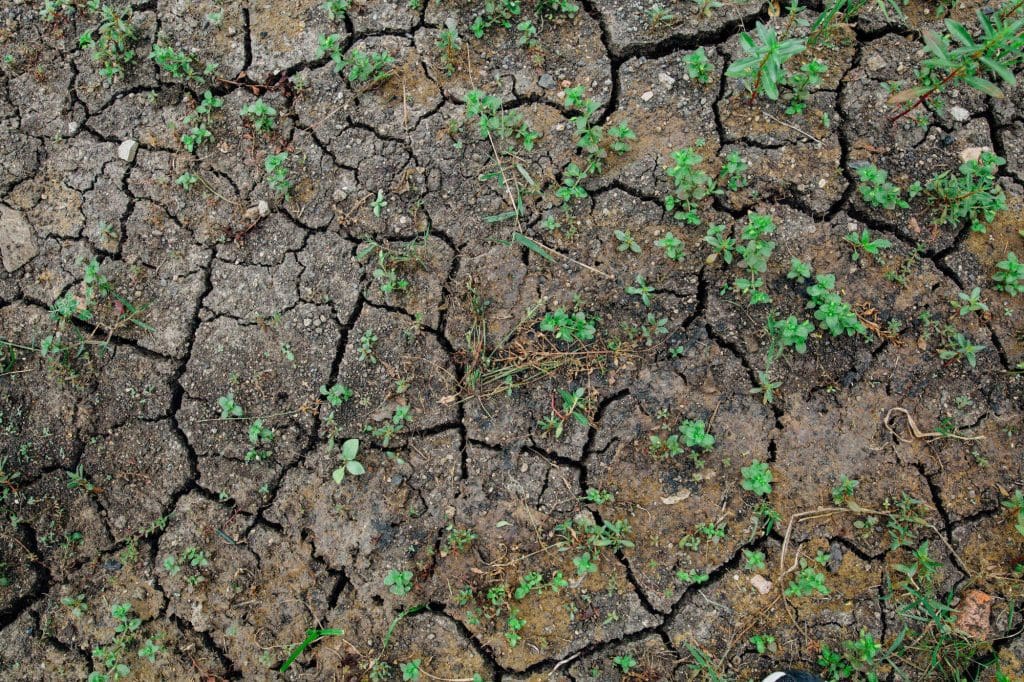
Agricultural Drought
Soil moisture deficiencies relative to water demands of crops.
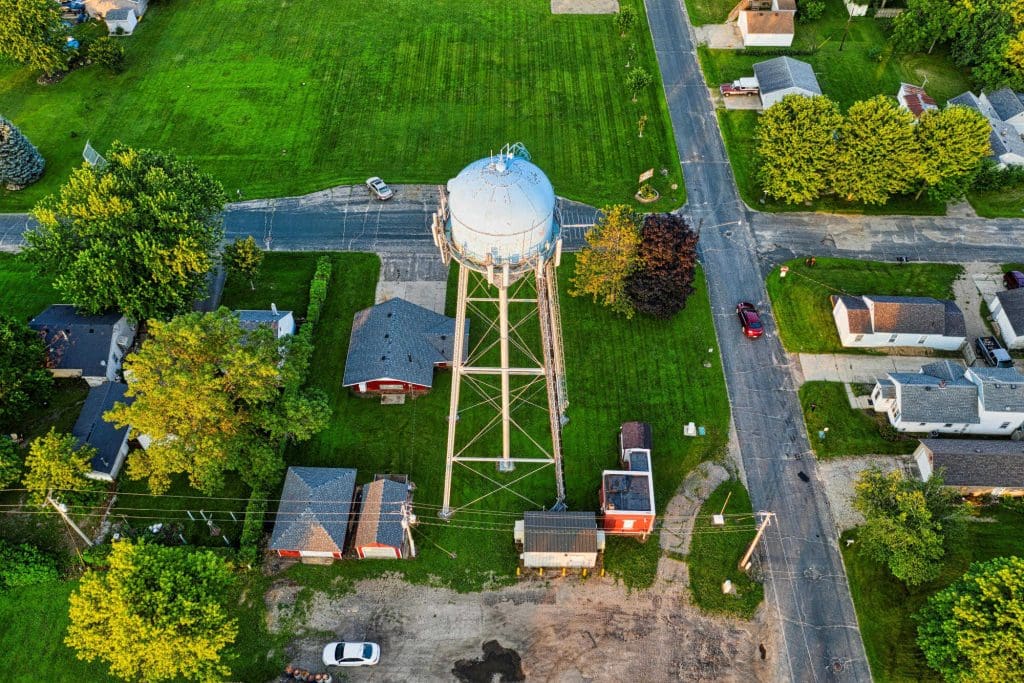
Hydrological Drought
Effects of precipitation shortfalls on stream flows, reservoir, lake, and groundwater levels.
Drought Categories
Abnormally Dry
Going into drought there is short-term dryness slowing planting and growth of crops or pastures. Coming out of drought there may be some lingering water deficits, while pastures or crops have not fully recovered
Moderate Drought
Some damage to crops and pastures. Streams, reservoirs, or wells may be low, with some water shortages developing or imminent. Voluntary water-use restrictions are requested
Severe Drought
Crop or pasture losses are likely. Water shortages are common and water restrictions are imposed.
Extreme Drought
Major crop and pasture losses. There are also widespread water shortages or restrictions.
Exceptional Drought
There are exceptional and widespread crop and pasture losses. There are water shortages creating water emergencies.
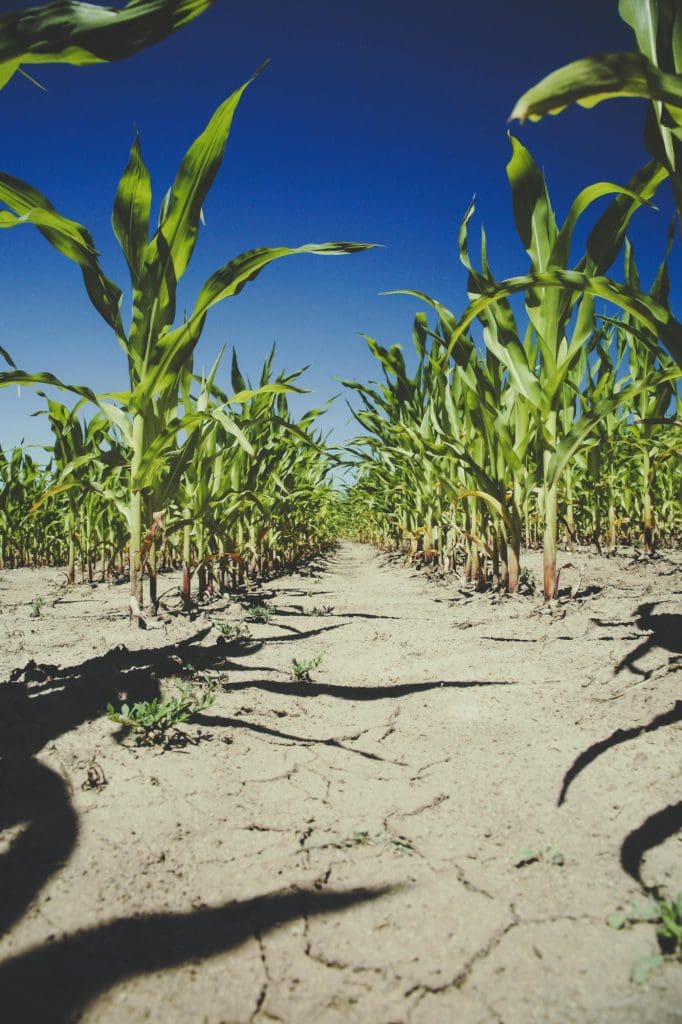
Drought impact
Drought can reduce the water availability and quality necessary for productive farms, ranches, and grazing lands. It can also contribute to insect outbreaks, increases in wildfire, and altered rates of carbon, nutrient, and water cycling – impacting agricultural production and critical ecosystem services.
Protecting Yourself…
…Before a Drought
- Conserve water. The best way to prepare for a drought is to conserve water. Make conserving water a part of your daily life.
- Indoor water conservation.
- Never pour water down the drain when there may be another use for it.
- Fix dripping facets by replacing washers. One drop per second wastes 2,700 gallons of water a year.
- Check all plumbing for leaks and have a plumber make repairs.
- Retrofit all faucets by installing aerators with flow restrictors.
- Install an instant hot water heater on your sink.
- Insulate water pipes to reduce heat loss and prevent them from breaking.
- Install a water softening system only when the minerals in your water would damage your pipes.
- Choose energy and water efficient appliances.
- Consider purchasing a low-volume toilet that uses less water than older models
- Also consider installing a toilet displacement device to cut down the amount of water needed to flush.
- Replace your showerhead with an ultra-low flow version.
- Instead of using the garbage disposal, throw food in the garbage or start composting.
- Outdoor water conservation.
- Check your well pump periodically. If the automatic pump turns on and off while water is not in use, you may have a leak.
- Plant native and/or drought resistant grasses, ground covers, shrubs, and trees.
- Don’t install ornamental water features, such as fountains or ponds, unless they re-circulate water.
- Consider rainwater barrels.
- Install an instant hot water heater on your sink.
- Contact your local water provider for information and assistance.
- For lawn care:
- Position sprinklers so water lands on the lawn and shrubs, not on paved areas.
- Repair sprinklers that spray a fine mist
- Check sprinkler systems regularly for proper operation
- Raise lawn mower blade to at least three inches or to its highest level. A higher cut encourages grass roots to grow deeper and hold soil moisture.
- Reduce lawn areas that are not used frequently.
- Don’t over-fertilize your lawn.
- Choose a water-efficient irrigation system, such as drip irrigation.
- Water manually in fall and winter only if needed
- Use mulch around trees and plants to retain moisture.
- Invest in a weather-based irrigation controller. These devices automatically adjust the watering time and frequency based on soil moisture.
- For pools:
- Install a water-saving pool filter. A single back flushing with a traditional filter uses 180 to 250 gallons of water.
- Cover pools and spas to reduce water evaporation.
- Develop a plan for livestock. Develop an emergency plan for water and feed resources. Obtain emergency supplies of forage and grain, and possibly look at alternative
…During a Drought
- Always observe state and local restrictions on water use during a drought.
- Report drought conditions in your area:
- Indoor water conservation.
- Avoid flushing the toilet unnecessarily. Dispose of tissues, insects, and other similar waste in the trash rather than the toilet.
- Take short showers instead of baths. Turn on the water only to get wet and lathered, and then again to rinse off.
- Avoid letting water run while brushing your teeth, washing your face or shaving.
- Operate clothes washers and dishwashers when they are fully loaded. Use a light wash feature to use less water.
- Hand wash dishes by filling two containers – one with soapy water and the other with rinse water containing a small amount of chlorine bleach.
- Clean vegetables in a pan filled with water, rather than running water from the tap.
- Avoid wasting water waiting for it to get hot. Capture it for other uses such as plant watering or heat it on the stove or in a microwave.
- Don’t rinse dishes before placing them in the dishwasher.
- Avoid using running water to thaw meat or other frozen food. Defrost food overnight in the refrigerator or use the defrost setting on your microwave.
- Outdoor water conservation.
- A heavy rain eliminates the need for watering for up to two weeks. Most of the year, lawns only need one inch of water per week.
- Check the soil moisture levels with a soil probe, spade, or large screwdriver. You don’t need to water if the soil is still moist. If your grass springs back when you step on it, it doesn’t need water yet.
- If your lawn needs watering, do so early in the morning or later in the evening when temperatures are cooler.
- Water in short sessions rather than one long one. Your lawn will better absorb moisture and avoid runoff.
- Use or broom or blower instead of a hose to clean leaves and other debris from your driveway or sidewalk.
- Avoid leaving sprinklers or hoses unattended. A garden hose can pour out 600 gallons or more in only a few hours.
- In extreme drought, allow lawns to die in favor of preserving trees and large shrubs.
- Use a commercial car wash that recycles water
- If you wash your own car, use a shut-off nozzle that can be adjusted to a fine spray.
…After a Drought
- Understand how drought has affected forages, livestock, and finances. According to the National Drought Mitigation Center, plant vigor may not fully recover for five or more years if heavy grazing occurred prior to and during drought. Animal performance may be diminished, and herd size may be reduced. The financial balance sheet as well as cash flow may be impacted for five years or more.
- Listen to officials. Once a drought is over, there may be further water conservancy guidance.
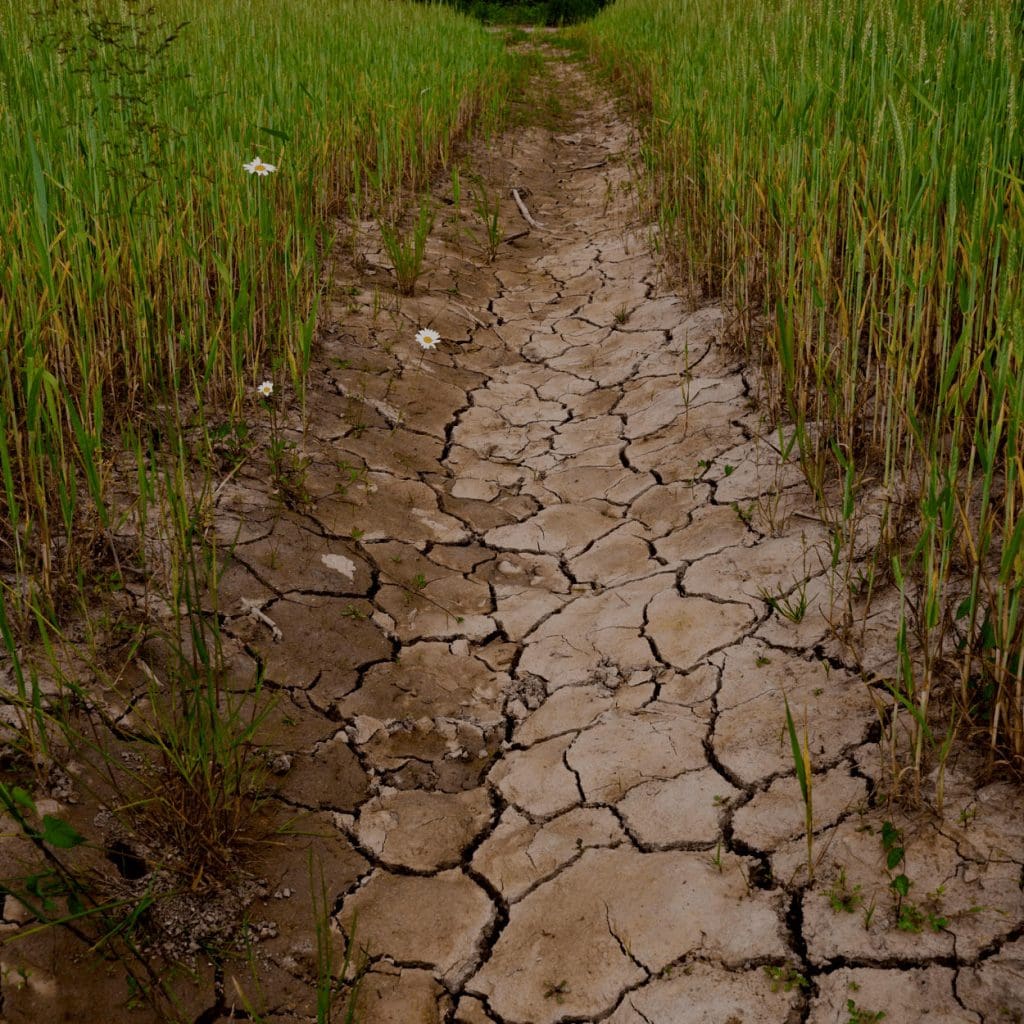
Additional Resources
- U.S. Drought Monitor
- Wisconsin Department of Agriculture, Trade and Consumer Protection: Drought Resources
- Wisconsin Department of Health Services – Drought and Your Health
- Wisconsin Department of Natural Resources – Water Conservation and Efficiency
- Wisconsin Department of Natural Resources – Groundwater Levels and Aquifer Response
- USDA Drought Programs
- National Integrated Drought Information System
- National Oceanic and Atmospheric Administration/ National Weather Service: Understand Drought and Know How to Respond

